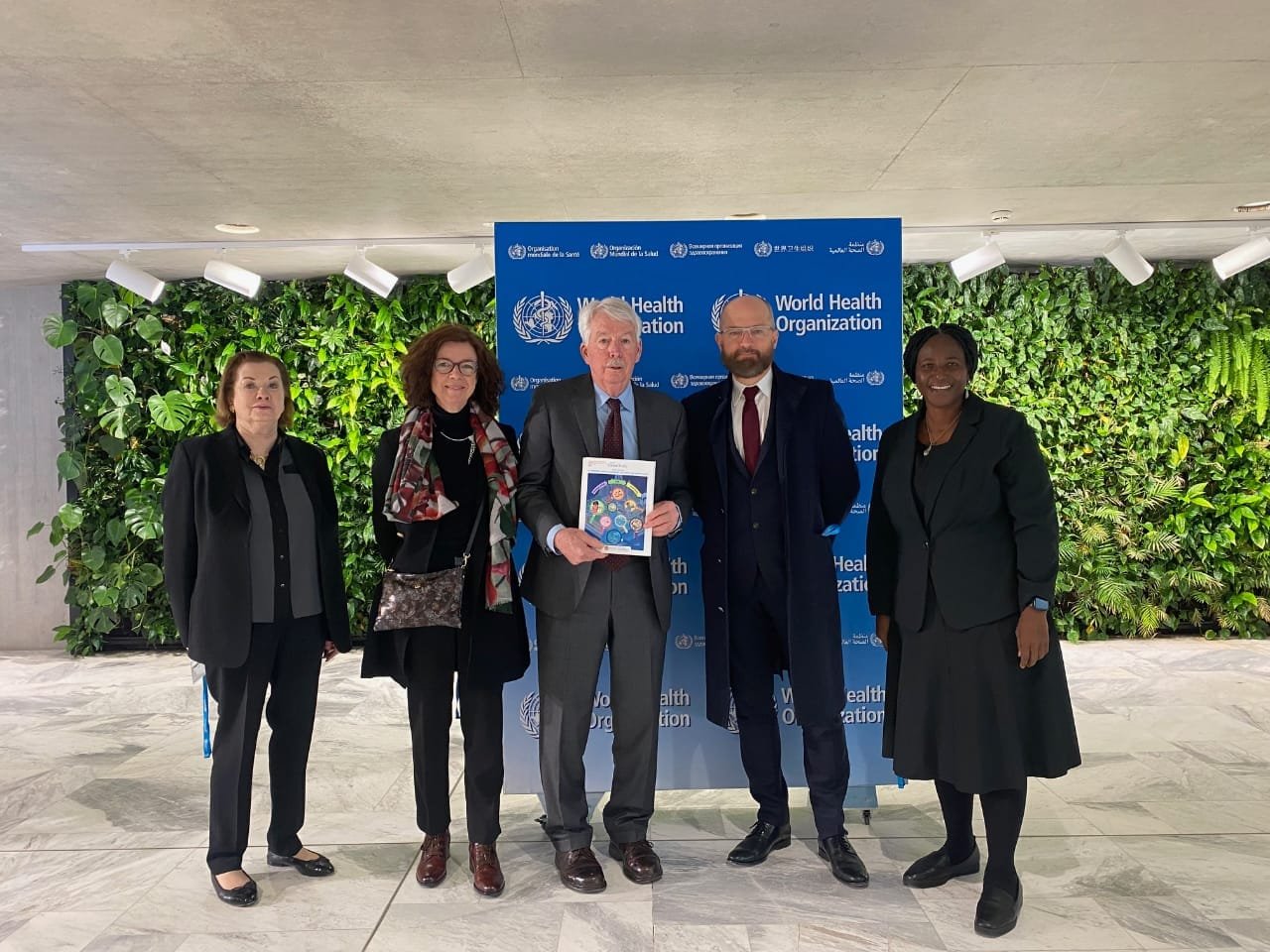A recent study highlights disparities in the use of medication for opioid use disorder (MOUD) among older adults, despite an overall increase in treatment rates.
Researchers from the University of Texas Medical Branch analysed Medicare data from 2017 to 2022, revealing that while MOUD usage among seniors rose from 4.8% to 15%, certain groups remain underserved.
The study, published in the American Journal of Preventive Medicine on January 30, 2025 and led by Dr. Yong-Fang Kuo, found that men, Black and Hispanic individuals, and those living in rural areas were less likely to receive MOUD. “Disparities in MOUD prescribing by subpopulations of older adults underscore the need for policy changes that improve access to comprehensive opioid treatment programs,” Kuo stated.
Among the 69,380 patients studied, older adults with comorbidities such as chronic pain and arthritis faced the greatest barriers, with a 56% and 39% lower likelihood of receiving treatment, respectively. The odds were particularly low for patients aged 85 and older, with an adjusted odds ratio of 0.19.
Conversely, those with dual Medicaid-Medicare coverage had higher odds of receiving MOUD (aOR, 1.83). “This suggests that insurance coverage plays a crucial role in access to treatment,” Kuo noted.
As the prevalence of opioid use disorder among seniors remains stable at 1.4%, the findings call for urgent action to address these disparities and ensure equitable access to treatment for all older adults.



